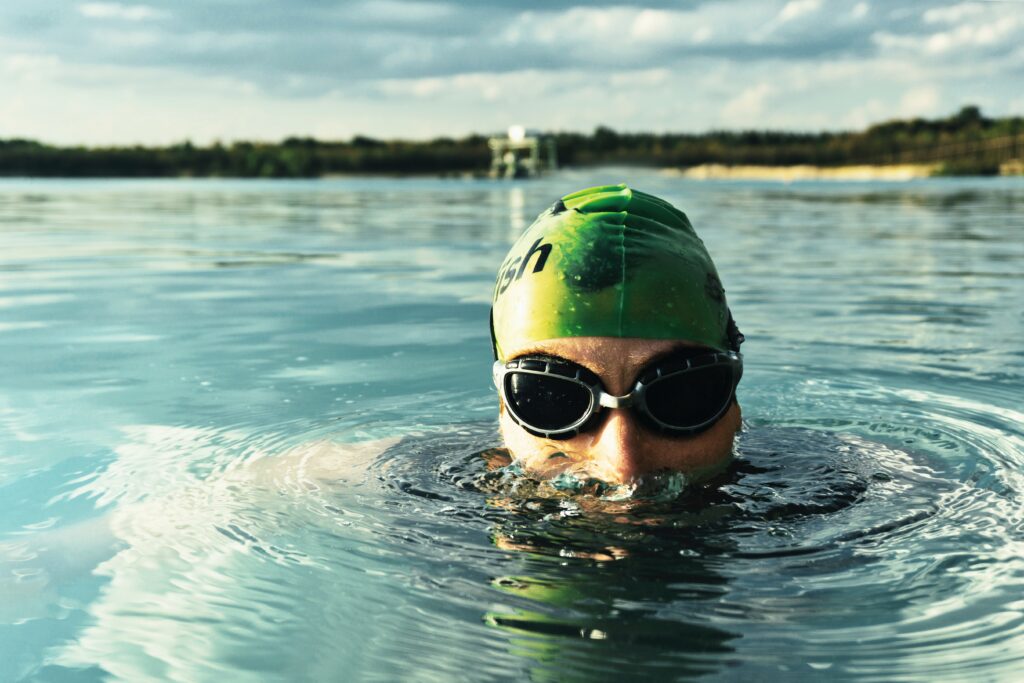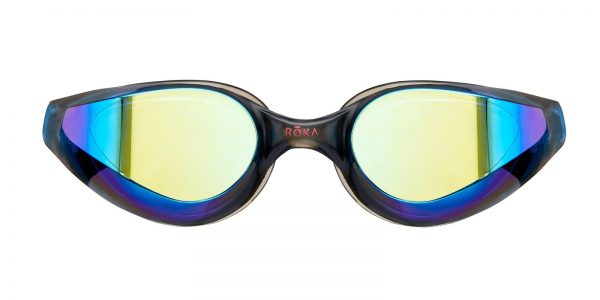Durability
The silicone strap is comfortable, durable, and can be easily adjusted. If you are not happy with the fit, you can use the buckle to change the size while wearing the goggles. They come in a plastic box, which should protect them from damage in your kit bag.
Lens size
The large, slightly curved lenses offer a wide 180-degree view that makes sighting easy. They also offer 100% UVA/UVB protection to make sure your eyes are not damaged.
Lens type
They come in a wide variety of lens options, such as clear, mirrored, smoke, and polarized, so you can choose your preferred style. The polarized lenses are more expensive but are more effective at blocking light than the other lenses.
Fog protection
The lenses do come with fog protection, but some people do have issues with them fogging up. The fog protection does degrade over time, especially if you wipe the lenses too much.






